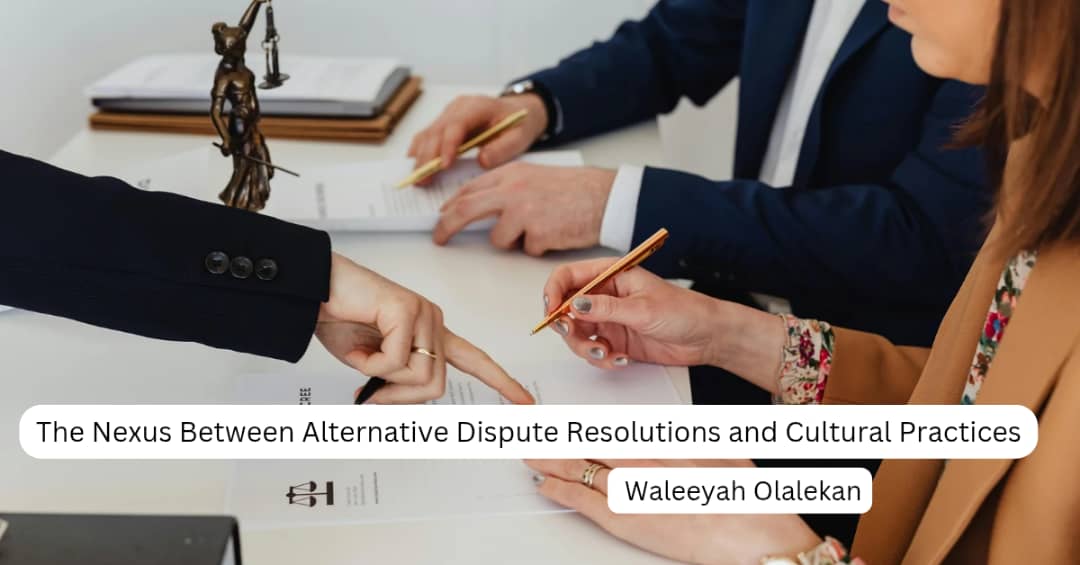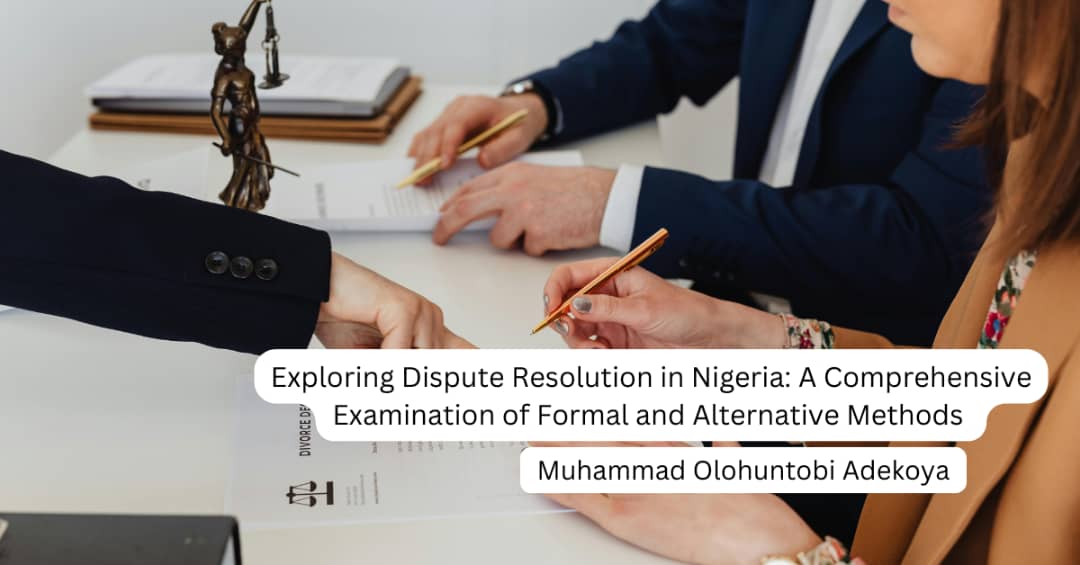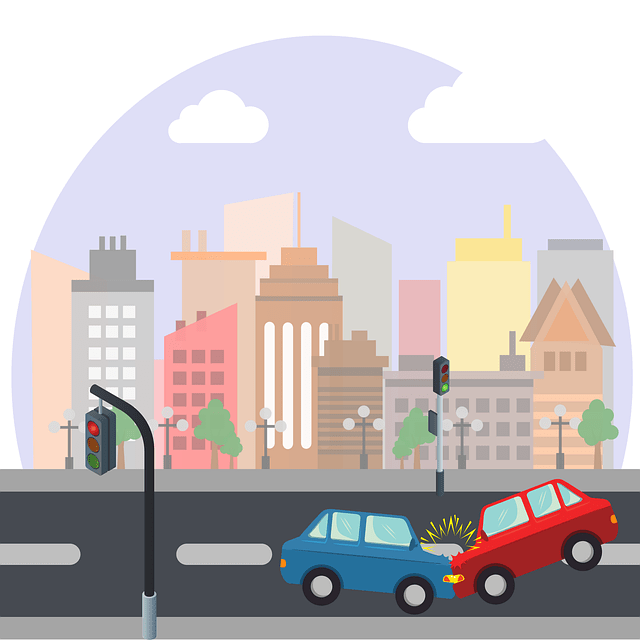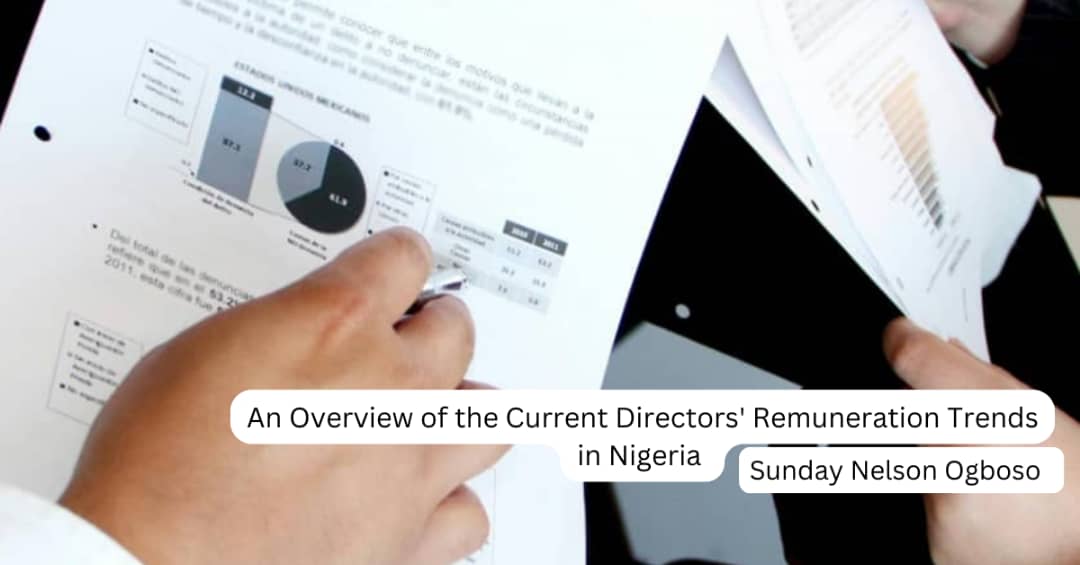Category: Articles
-

A Critical Analysis Of The Administrative Powers Of Investigation Into Companies By Company Inspectors This article evaluates the extent, scope, and implications of the administrative powers conferred on company inspectors in investigating companies pursuant to the Companies and Allied Matters Act, 2020 and related legislations. The administrative powers of investigation into companies by company administrators…
-
Family dynamics are changing—and so is family law. Over the past two decades, the legal landscape surrounding domestic relationships, divorce, and parental responsibilities has evolved in response to new societal norms, technology, and legal reforms. Whether it’s the rise of cohabitation, changes in divorce processes, or the influence of international laws, family disputes are being…
-
It has been widely seen in San Diego that a tire blowout while driving can lead to an accident or several other consequences. It is indeed a frightening and dangerous situation, but if you want to address the damages and injuries resulting from the accident, then you need to determine the legal liability. So, let’s…
-

The Nexus Between Alternative Dispute Resolutions and Cultural Practices It is undeniable that disputes are the shadows cast by human interaction and are inevitable yet manageable. Think about this– a Ghanaian technology company employed the service of a prolific Nigerian software developer to build an efficient and user-friendly website to engage with their clients. In…
-

Exploring Dispute Resolution in Nigeria: A Comprehensive Examination of Formal and Alternative Methods. Over the years, the Nigerian legal system has developed various mechanisms to resolve disputes, ranging from formal court proceedings to alternative methods like arbitration, mediation, and negotiation. These methods are designed not only to ensure justice but also to promote harmony and maintain…
-

The Song The Nigerian Government Doesn’t Want You To Hear “Our lives begin to end the day we become silent about things that matter.” – Dr. Martin Luther King Jr. On April 6, 2025, Nigerian artist Eedris Abdulkareem released “Tell Your Papa,” a powerful Afrobeats track critiquing President Bola Ahmed Tinubu’s administration. The song resonates…
-
In motorcycle accidents, as with car accidents, the evidence is often relatively clear, which means proving fault isn’t too complicated. However, the evidence usually isn’t as definitive in motorcycle accident cases, and motorcyclists tend to be on the receiving end of a lot of bias. Fortunately, a skilled motorcycle accident lawyer can simplify the legal…
-

In San Diego, a significant shift in automotive technology can be witnessed through self-driving cars. These vehicles not only enhance safety but also promise efficiency and convenience. However, car accident lawyers say these innovations have introduced complicated legal considerations. These can also lead to auto defects and liability cases as the vehicle becomes more autonomous.…
-
When shopping for a mortgage, interest rates often take center stage. While securing a low rate is undoubtedly important, there are several other crucial factors to consider when comparing mortgage lenders Memphis, TN. In this article, we explore these key factors to help you make a well-rounded and informed decision. 1. Loan Products and Terms…
-

An Overview Of The Current Directors’ Remuneration Trends In Nigeria In every economy, issue of directors’ remuneration stands as a critical aspect of corporate governance, influencing company performance, investor confidence, and regulatory compliance. This paper presents an overview of the current trends in directors’ remuneration in Nigeria. It evaluates key components such as salaries, bonuses,…
